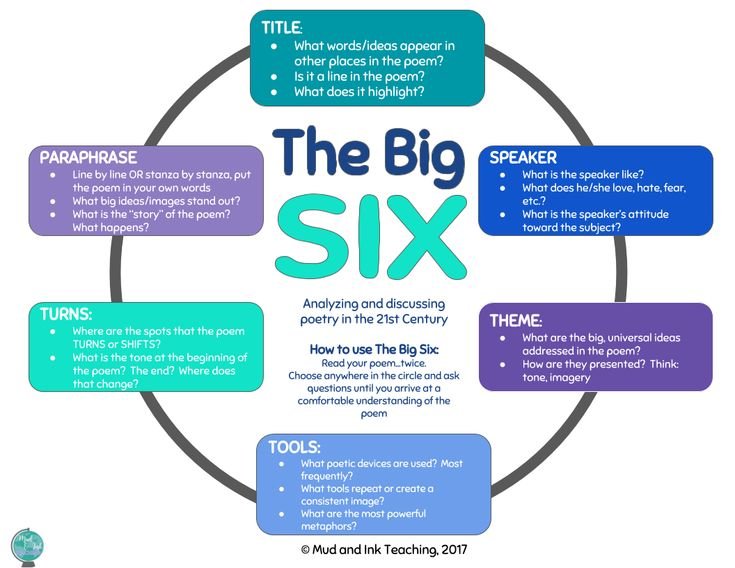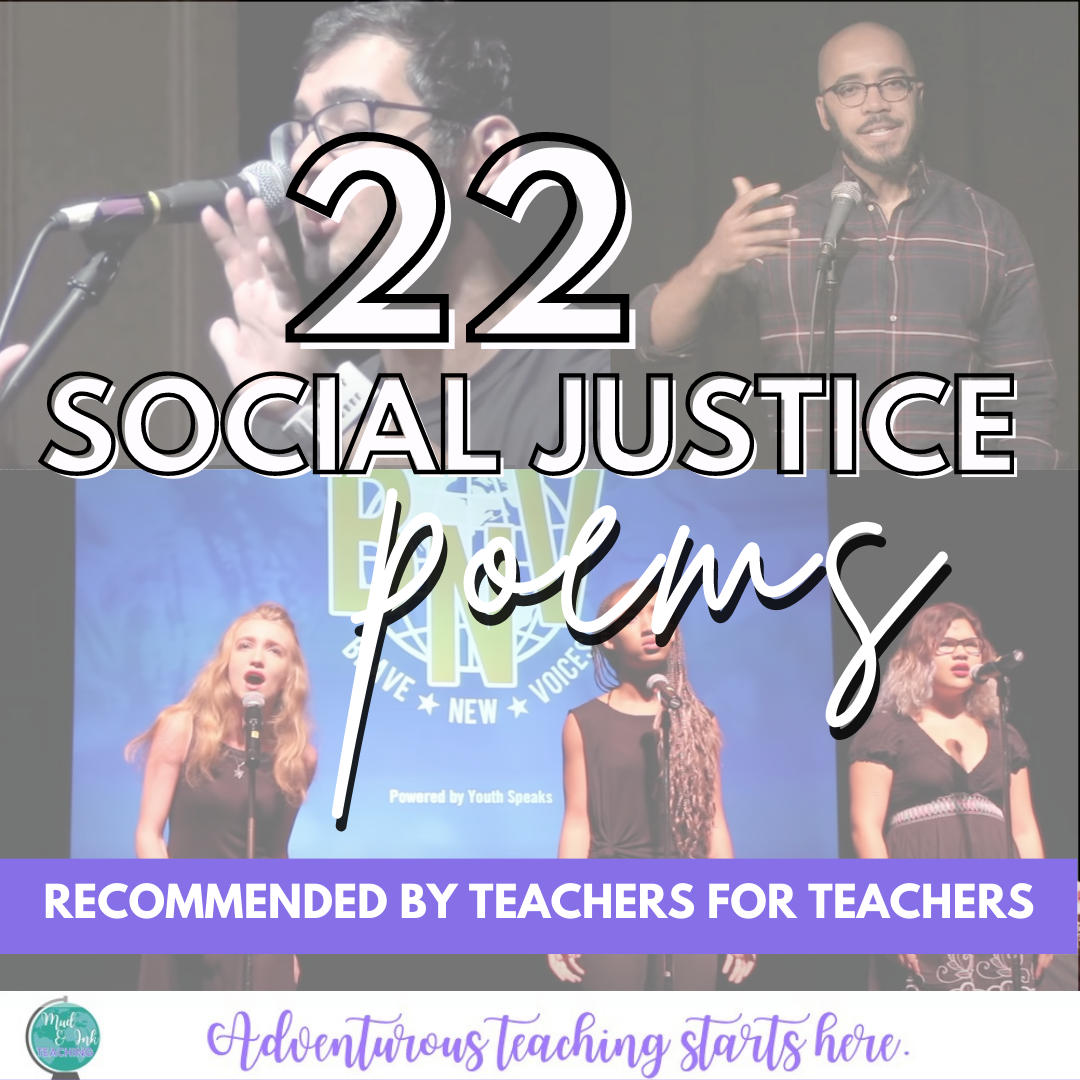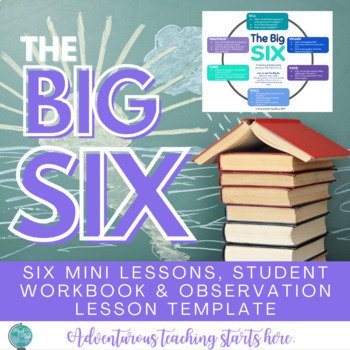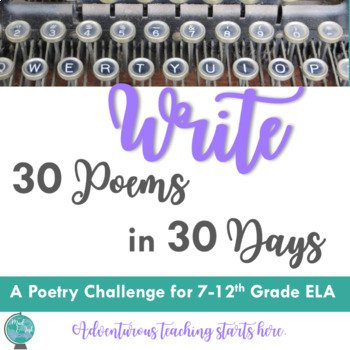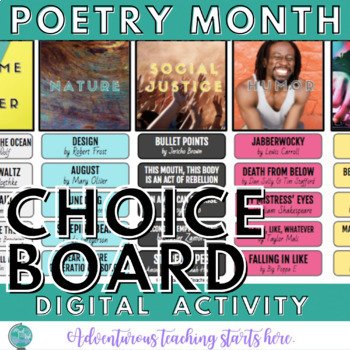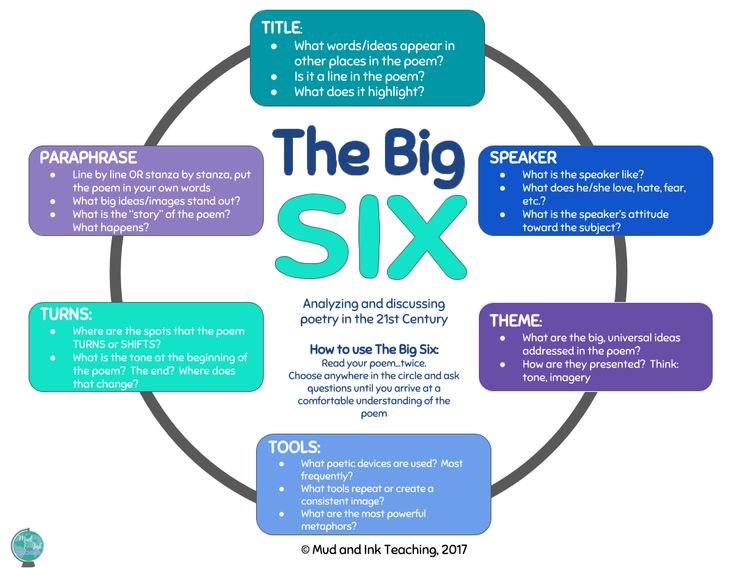
POETRY INSTRUCTION
POETRY…
it’s what we do as members of the human race
I'd be lying if Dead Poet’s Society were not one of the original inspirations for my love of poetry. My deep admiration and love of reading and writing poetry have expanded so much from my most memorable, sparking moments, but as cliche as it is, I wanted to be John Keating—a teacher rebel. I wanted to single-handedly inspire a new generation of poets and tear up textbooks. But as a seasoned teacher who’s experienced the reality of teaching and writing poetry with students, I can confidently say that doing this work is even better than the film-version fantasy of doing it.
POETRY AS A CONVERSATION
Quite a few of my expectations for teaching poetry ended up being naive and short-sighted, but the one that surprised me the most was that poetry didn’t leave my students moaning and groaning. They quickly likened the beats and flow of poetry to music. They were thrilled to have something short to consume rather than another (cue groaning teenage voices) book. So I didn’t have to sell them on it like I thought I would have to.
However, I had to wrestle with new ways to approach analysis. Students were quick to offer initial, surface-level observations and shut down quickly, saying, “Well, I got it right, now I’m done,” or “You’re overthinking it, Mrs. C.” I found myself doing so much of the heavy lifting and students simply hanging on for the ride. I knew I needed a way for them to buy in and work at deep-level poetic analysis with increasing levels of independence.
So, I sat down and made something.
START HERE: THE BIG SIX
Analyzing and discussing poetry in the 21st century with your ELA students
Above, you see one of the most popular and highly sought-after poetry tools: The Big Six. The Big Six is a framework, and the way I explain it to my students is that these are the six different discussion entry points to any poem. You’ve read it twice; now, what can we chat about? What stands out to you? I used to ask those questions open-ended, and now, I ask them with this framework: which of these six seems interesting to you from the start? I love the ease this framework offers us for grouping, stations, scaffolding, focusing close reading instruction, and so much more.
If you seek new, thoughtful ways to incorporate poetry into your classroom — you’ve come to the right place.
POETRY & CREATIVE WRITING BLOG POSTS TO SUPPORT INSTRUCTION
These blog posts will help you take your poetry instruction to the next level.
